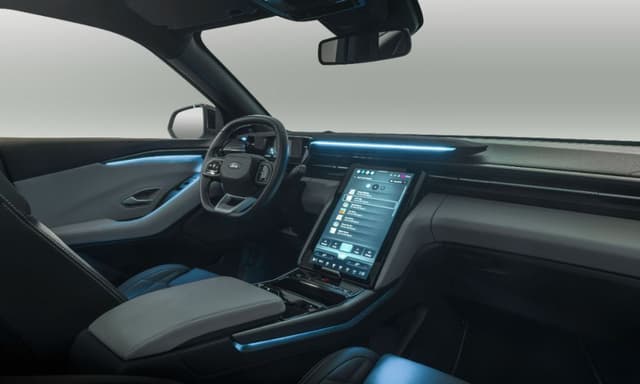Ford Brain Research Aims To Help Identify Drivers Zoning Out At The Wheel

Highlights
Ford is pioneering new brain research that could ultimately lead to a faster and more accurate way to detect when the driver is starting to switch off behind wheel. Alerting drivers who are tired or distracted far earlier could help keep drivers, passengers and other road users safe, with driver fatigue cited as a contributing factor in up to 25 per cent of fatal and serious road incidents. A survey shows that 40 per cent of drivers in Europe do not follow the recommended practice of taking a break every two hours on long journeys.
Working with neuroscientists, Ford is hoping that by identifying the brain responses that reveal lapses in concentration, it may then be possible to match the scans to their physical manifestations – such as changes in heart rate or breathing. Should a loss in concentration become apparent, for example if a change in heartbeat variability was detected via wearable technology, the vehicle could then alert the driver.

Ford is hoping that by identifying the brain responses that reveal lapses in concentration, it may then be possible to match the scans to their physical manifestations
As driver assistance technologies offer increasing levels of support to those behind the wheel, it remains crucial drivers stay alert and do not become overly reliant on assistance technologies. Ford is conducting this research on mapping brain patterns to driver's reactions with Uniklinik RWTH Aachen, in Germany. The testing involves participants completing a driving simulation while their brain activity is scanned by an MRI machine. A specially positioned mirror enables the participants to see the simulation on the screen.

The scenario, designed using gaming technology, involves a three-lane motorway at night where a vehicle in the middle lane brakes suddenly and the participant has to take over and move the car to the left or right, using a handheld device. The participants are also prompted by engine sounds to indicate which lane it is safe to move to.
The MRI machine scans the brain before and during these actions, while the researchers measure how quickly the participant reacts and if they make the right decision, and monitor changes to heart rate, breathing rate and other physiological measures.
For more than a decade, a coffee cup symbol displayed in the dashboard cluster has highlighted to Ford drivers that they may be showing signs of fatigue and should take a break. Now, this unique research project could take driver monitoring an important step further and help ensure a smooth transition to driving vehicles with advanced driver assistance features.
Related Articles
Latest News
- Home
- News
- Auto Industry
- Ford Brain Research Aims To Help Identify Drivers Zoning Out At The Wheel














